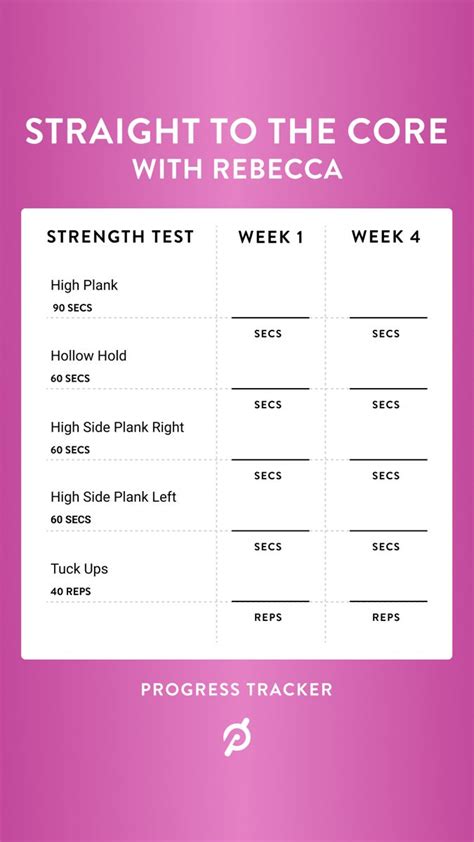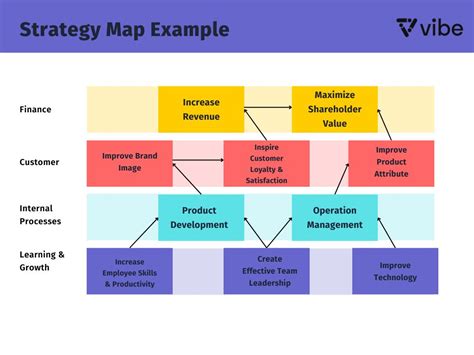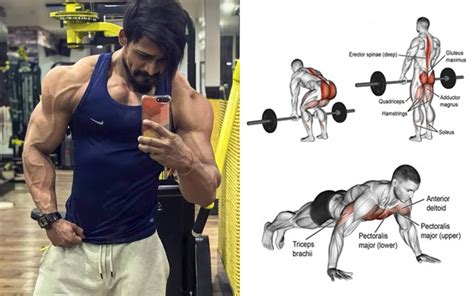How to break a strength plateau for peak performance & muscle growth?

Hitting a strength plateau can be incredibly frustrating. You’re putting in the work, but the numbers on the bar just aren’t moving. This common hurdle affects everyone from beginners to advanced lifters, signaling that your body has adapted to the current stimulus. To continue making progress in both strength and muscle mass, you need to strategically shake things up. This article will guide you through actionable steps to smash through those plateaus and unlock new levels of performance.
Re-evaluate Your Program & Progressive Overload
The core principle of strength and muscle gain is progressive overload – continuously increasing the demands on your muscles. If you’re stuck, the first step is to rigorously review your current program. Are you truly applying progressive overload? This isn’t just about adding weight; it can mean more reps, more sets, decreased rest times, or increased training frequency. Ensure you’re tracking your workouts meticulously to identify where progress has stalled.

Consider micro-loading if your gym allows, adding just 0.5-1.25kg to the bar, which can accumulate over time. Alternatively, experiment with different rep ranges. If you’ve been consistently training in the 6-8 rep range, try a few weeks with higher reps (10-12) or lower reps (3-5) to stimulate muscle fibers differently.
Strategic Deloads & Periodization
Sometimes, a plateau isn’t about working harder, but smarter. Constant high-intensity training can lead to accumulated fatigue, both muscular and neurological. A strategic deload week can be a game-changer. During a deload, you significantly reduce the volume, intensity, or both, allowing your body to recover, repair, and come back stronger. This isn’t a week off, but a controlled reduction in stress.

Incorporating periodization into your training schedule can also prevent plateaus. This involves systematically varying your training program over specific cycles (e.g., blocks of hypertrophy, strength, and power), preventing your body from fully adapting to one type of stimulus and keeping it constantly challenged.
Optimize Nutrition & Recovery
Your performance in the gym is heavily reliant on what happens outside of it. Are you consuming enough calories, particularly protein, to support muscle repair and growth? A slight increase in caloric intake, especially from quality protein sources (1.6-2.2g per kg of body weight), can provide the fuel needed for that extra push. Hydration is also crucial; even mild dehydration can impair strength and endurance.

Equally important is sleep. Aim for 7-9 hours of quality sleep per night. During sleep, your body releases growth hormone and testosterone, crucial for muscle repair and recovery. Neglecting sleep is one of the quickest ways to stall progress and invite plateaus.
Vary Your Training Stimulus
While consistency is key, monotony can lead to stagnation. If you’ve been doing the same exercises for months or years, your body becomes incredibly efficient at them. Introducing new exercises, or variations of existing ones, can provide a fresh stimulus. For instance, if your barbell bench press is stuck, try dumbbell bench press, incline press, or dips for a few weeks before returning to the barbell.

Explore advanced training techniques like drop sets, supersets, rest-pause sets, or forced reps (with a spotter) to push past your normal limits and shock your muscles into new growth. Just remember to use these sparingly to avoid overtraining.
Master Your Form & Mind-Muscle Connection
Often, a plateau isn’t a lack of strength but a breakdown in technique. Take the time to record yourself or have a knowledgeable spotter assess your form. Are you using momentum instead of pure muscle contraction? Is your range of motion full and controlled? Perfecting your form not only reduces injury risk but also ensures the target muscles are doing the work, leading to more efficient strength gains.

Additionally, focus on the mind-muscle connection. Instead of just moving the weight from point A to point B, actively concentrate on feeling the target muscle contract and extend throughout the movement. This heightened awareness can significantly improve the quality of your reps and help you recruit more muscle fibers.
Conclusion
Breaking a strength plateau requires a multi-faceted approach. It’s about combining intelligent programming with diligent recovery and an unwavering commitment to self-improvement. Re-evaluate your progressive overload, strategically deload, optimize your nutrition and sleep, introduce variety into your training, and always prioritize perfect form. Be patient, be consistent, and most importantly, be smart with your training. By implementing these strategies, you’ll not only break through your current plateau but also pave the way for sustained peak performance and significant muscle growth.








